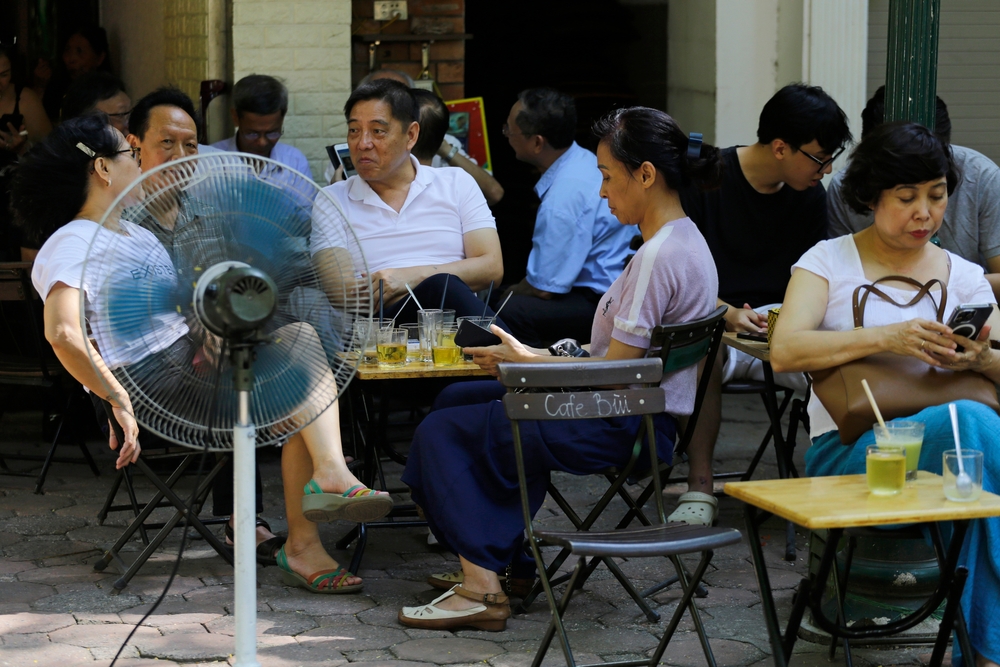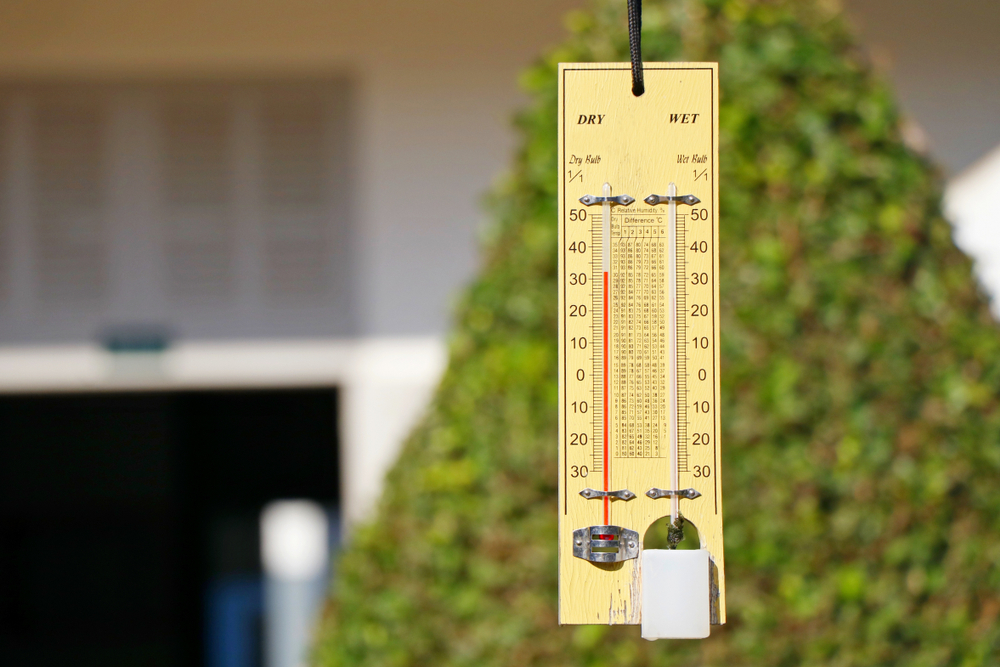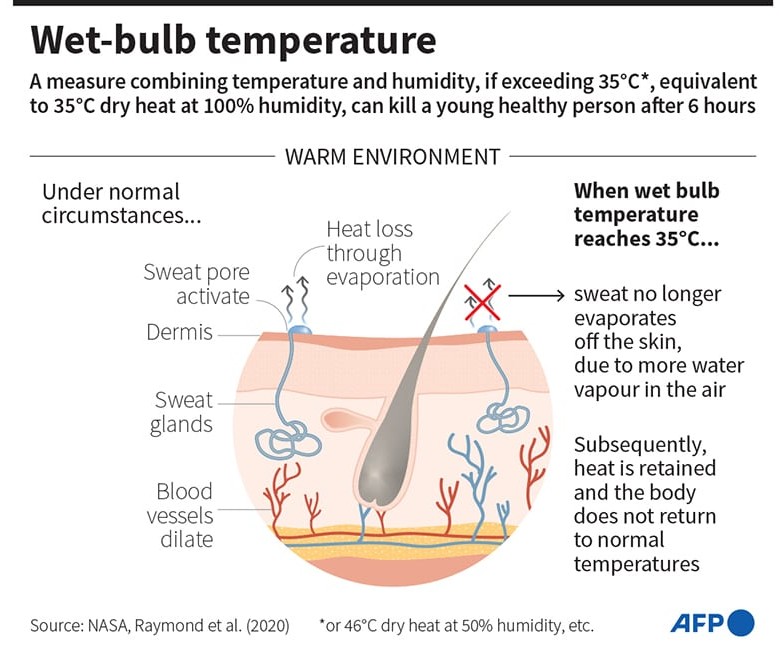With the rising effects of climate change, heat waves have become more severe and intolerable around the world, posing dangerous health issues such as heat exhaustion, heat strokes, severe dehydration and heat cramps, which could even be fatal.

Many places around the world have registered record-breaking high temperatures this year, including India, the UK, and the U.S. According to the World Health Organisation (WHO), studies from 2000 to 2019 report that approximately 489,000 heat-related deaths occur annually, with 45% of them taking place in Asia.

The burning question arises: “When is the heat too hot to be tolerable?”. The answer lies beyond the temperatures reported in headlines, which do not paint the whole picture. Humidity plays a crucial role in determining how we experience heat. The measurement of heat coupled with humidity is known as the ‘wet-bulb temperature‘.

Wet-bulb temperature is the lowest temperature to which air can be cooled by the evaporation of water into the air at a constant pressure. The wet-bulb temperature originates from a measurement technique that involves wrapping a wet muslin cloth around the thermometer bulb. This method lets us see how much the temperature is reduced compared to the dry temperature.
You may wonder how humidity is factored into our perception of heat. Humans sweat during high temperatures to cool off their bodies and maintain optimal temperature. As the water in sweat evaporates into the surrounding air, it releases heat from the body. However, when the surroundings are highly humid, in other words, saturated with water vapour, water in sweat cannot escape into the surroundings and can no longer cool our bodies.

The critical wet-bulb temperature for humans, the point at which a fit and healthy person could survive for only six hours, is considered 35°C, approximately equivalent to an air temperature of 40°C with a relative humidity of 75%. When this wet bulb temperature is exceeded, sweat can’t evaporate into the surroundings, so we cannot cool down our bodies and will eventually die. Wet-bulb temperatures in areas of Malaysia currently range from approximately 16°C to 28°C.
In 2020, Science Advances Journal reported that the lethal combination of heat and humidity is alarming because its challenge is more intense and increasingly severe than what was formerly analysed. It was found that some coastal subtropical locations have already experienced a wet-bulb temperature of 35°C, albeit for only a few hours. Global warming will increase the frequency and extent of areas affected, potentially reaching the threshold wet-bulb temperature.
The term “wet-bulb temperature”, which was little known outside meteorology circles, is now gaining popularity among the public as the effects of humid heat are crucial in assessing the risk to human health in preparation for the expected extreme weather patterns due to global warming. So, in the future, you might want to check the wet bulb temperature before leaving home!
Prepared by:
Dr Malini Elango



